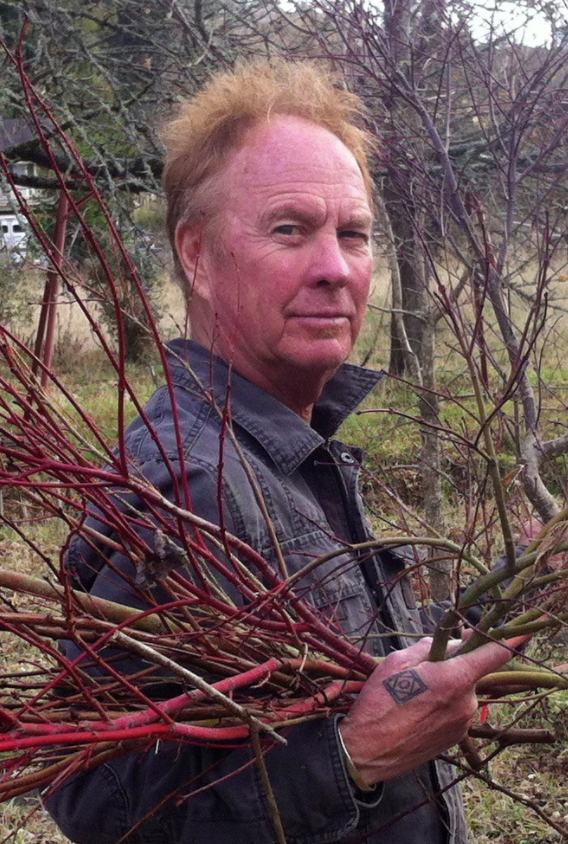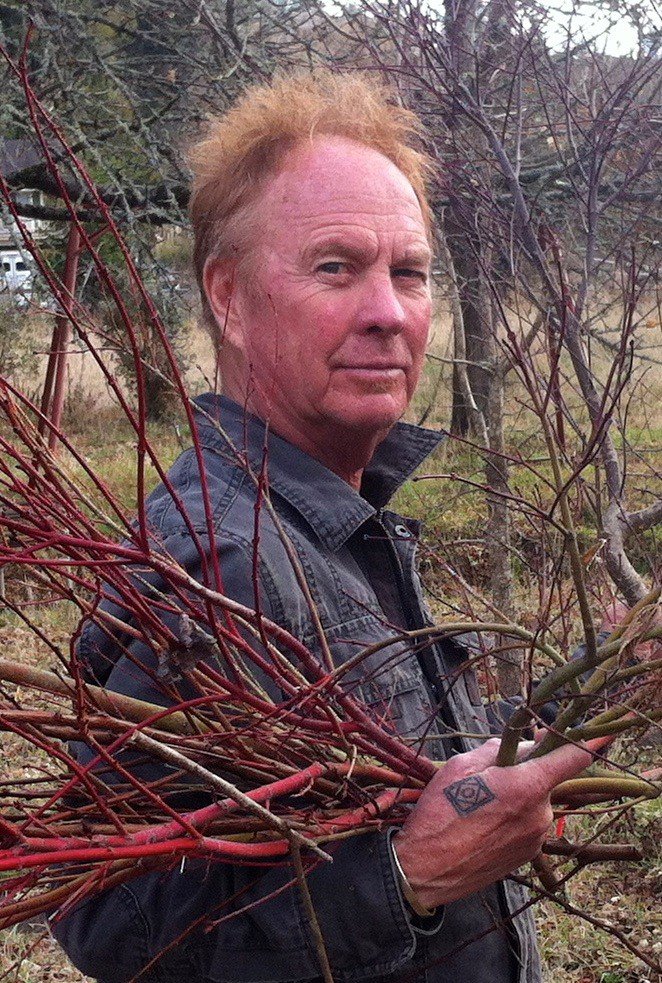Unveiling the Secret Garden: The Cedar Enzyme Bath Experience
Originating from ancient Japanese tradition, the Cedar Enzyme Bath is a therapeutic practice that harnesses the natural detoxification properties of cedar and enzymes. This unique bath has been celebrated for its ability to promote deep relaxation while facilitating the body’s … Read the rest



